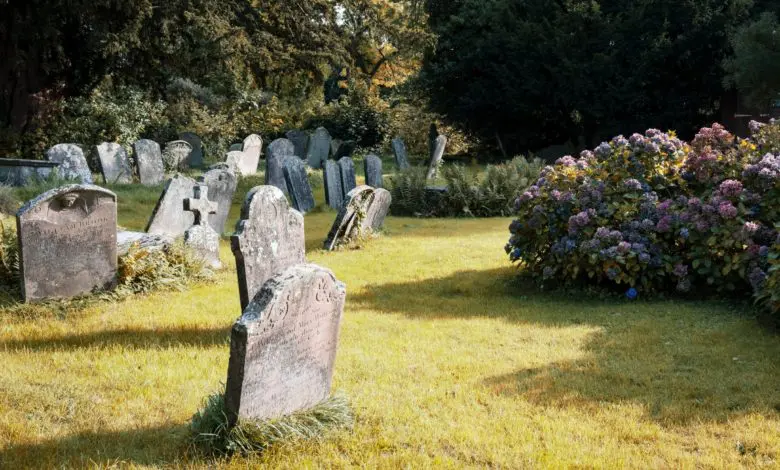Shortage of priests in Northern Ireland could affect funerals
A pastoral letter outlined the consequences of dwindling numbers of young people entering into the priesthood

A senior cleric has warned that a shortage of priests in some parts of Northern Ireland could mean there is no one available to provide Funeral Mass for families, the Belfast Telegraph has reported.

